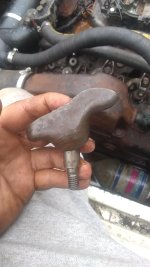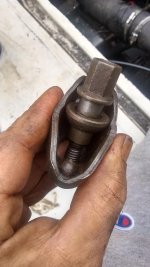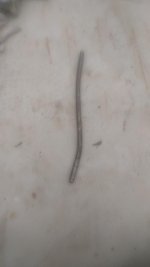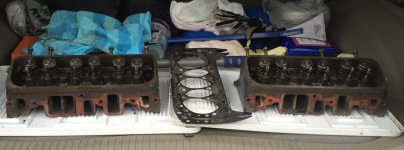OK, this goes WAY back- late 60's, early 70's
I worked at a Chev. dealership for a few years after graduating high school, quickly coming up through the ranks to "master mechanic" status. BACK THEN, the big blocks used lock nuts on the rocker arm studs (no idea what the newer stuff uses). With the engine warm and running (and oil going everywhere) each rocker arm nut was backed off to the point of rattling, you'd let it rattle for a second to make sure the lifter was fully extended, then slowly tightened just enough to quiet the lifter. From that point the nut was tightened 1/4 turn.
The problem with tightening beyond that point was seen at high rpm's. Oil pressure would occasionally allow the lifters to "pump up" which not only made a racket, there was also good potential for a valve held open, and in severe cases, a valve might just kiss the top of a piston..... bad news!
Side trip for those enjoying the GM muscle cars - the Pontiac GTO's of the day used a system where the rocker arm nuts bottomed out and were torqued. On the hot rods of the day often run at higher rpms, this could lead to pumped up lifters with the resulting problems mentioned above.
That was until some pretty crafty mechanic noted the rocker arm studs were the same size used on the Chevy's. That information in hand, Royal Oak Pontiac in the metro Detroit area, made quite a hit with their "Royal Bobcat" kit/mod, where the OEM Pontiac rocker arm nuts were pitched, and replaced with Chevy items, then adjusted using the same procedure as the Chevy's. This allowed the GTO engines to rev much like a Chevy could..... GAME ON!!!!
To go even further astray, some of you car fans I'm sure, have seen a picture of a tiger tail extending from the trunk of an early GTO. That's a subtle way of indicating you are looking at a VERY rare Royal Bobcat, or at the very least, a car that has the Chev. rocker arm nuts installed....
Last, back in the day, cars that had not been maintained real well often had a lifter or 2 rattling. We would put a quart of ATF (which is very high detergent), in the crankcase and run it for a while (1000 miles or so). Amazingly enough, this would very often quiet those noisy, or even occasionally noisy lifters. Today's synthetics in mind, we don't see that problem much any more, but the ATF might still be something to try... -Al

























